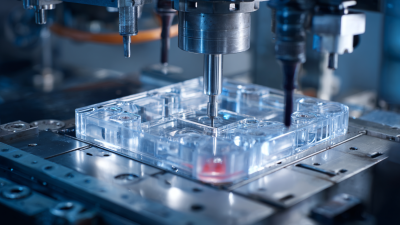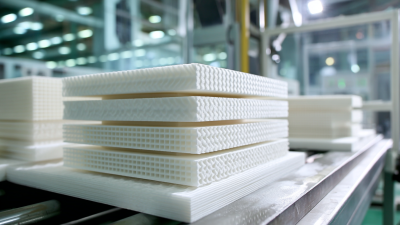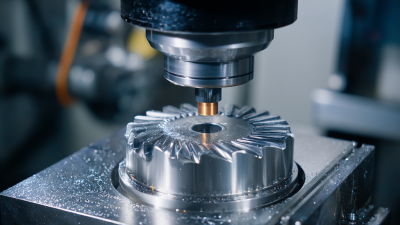When embarking on a manufacturing project that involves creating plastic components, choosing the right plastic injection method is crucial for ensuring quality and efficiency. Plastic injection is a versatile and widely used process that allows for the mass production of intricate parts with precision and consistency. However, with various methods available, such as injection molding, blow molding, and rotational molding, it can be overwhelming to determine which approach best suits your specific needs. This blog will explore the key factors to consider when selecting a plastic injection method, including material compatibility, production volume, design complexity, and cost implications. By understanding these elements, you can make an informed decision that enhances your project's success and ultimately leads to a superior final product.
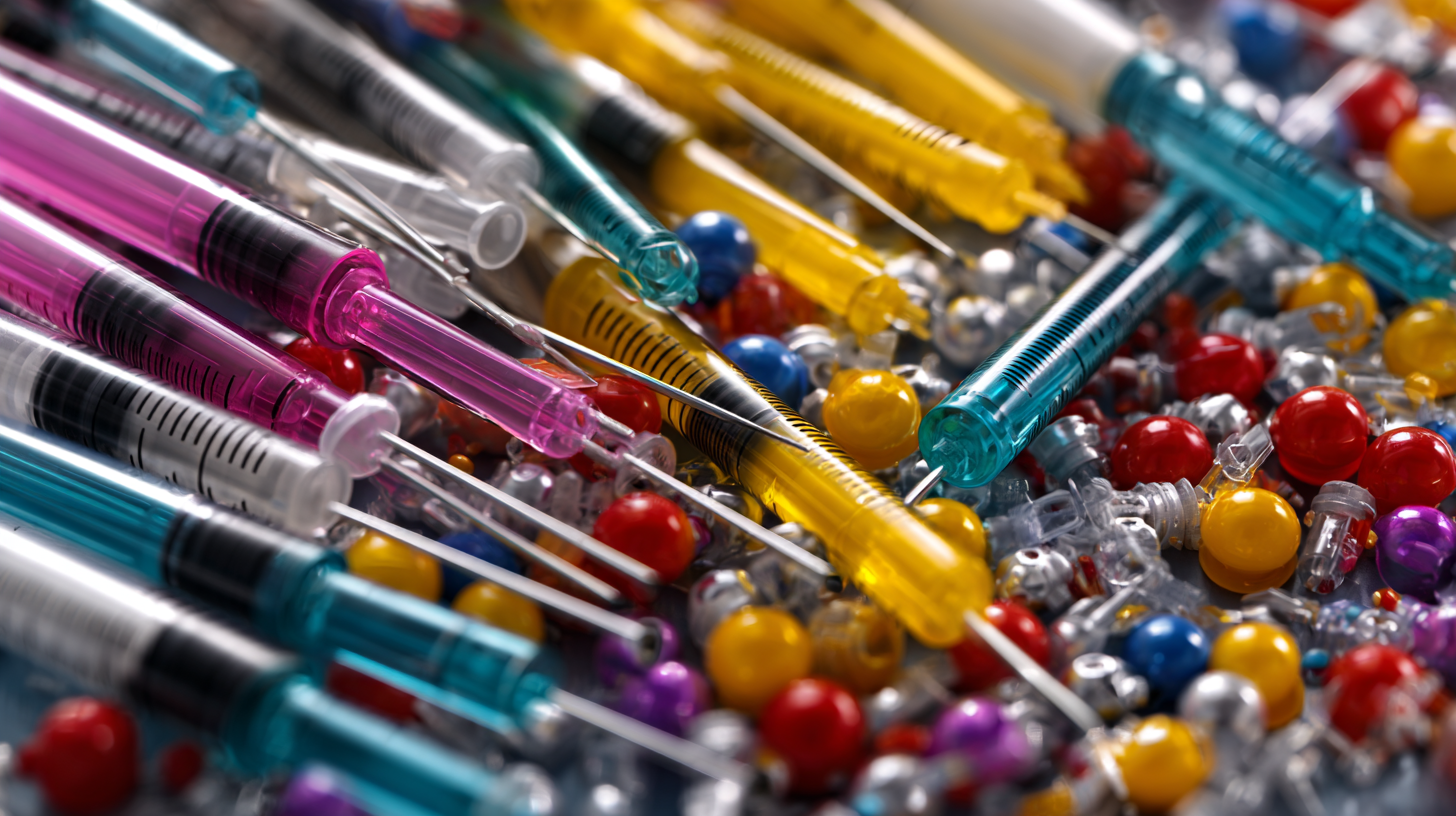
Choosing the right plastic injection method for your project is crucial to ensure efficiency and quality. Understanding the various plastic injection methods available can significantly impact the outcomes of your production process. Some prevalent methods include standard injection molding, liquid injection molding, and multi-component injection molding. Each method possesses unique advantages tailored for specific applications, such as prototype development, high-volume production, and advanced material combinations.
Tips for selecting the appropriate method include evaluating the complexity of your part design and the materials required. For instance, if you're working with biomedical applications, consider using multi-component molding to incorporate various materials that enhance functionality. Alternatively, if your project focuses on rapid prototyping, extrusion-based processes like fused filament fabrication might be more suitable due to their accessibility and cost-effectiveness.
Moreover, pay attention to the potential effects of paint on your plastic components, as surface treatment can influence mechanical properties significantly. Understanding the specific requirements of your project, including weight and warpage management, can help optimize the injection molding parameters, ensuring you achieve the desired results with minimal defects.
| Injection Method | Description | Advantages | Applications |
|---|---|---|---|
| Standard Injection Molding | A widely used method where thermoplastic materials are melted and injected into a mold. | High production rates, favorable for complex shapes, and low per-part cost. | Automotive parts, consumer products, and industrial applications. |
| Gas-Assisted Injection Molding | Utilizes gas to hollow out the interior of a plastic product, minimizing material usage. | Reduces weight and material costs, improves cycle times, and creates smooth surfaces. | Hollow parts like bottles, and large automotive components. |
| Insert Molding | A method where inserts (metal or other components) are placed within a mold before injecting plastic. | Reduces assembly time and increases product strength. | Electronics housings, medical devices, and automotive parts. |
| Multi-Shot Molding | Involves using multiple materials in one cycle to create complex parts. | Allows for different colors and materials in a single part. | Consumer goods, toys, and advanced technical components. |
| Micro Injection Molding | Used for producing small and precise parts from thermoplastic materials. | High accuracy and less material waste. | Medical applications, microelectronic parts, and precision engineering. |
When selecting an injection molding process for your project, several key factors must be considered to ensure optimal results.
Material selection is paramount; according to the International Plastic Injection Molding Association, over 90% of molders report that the efficiency and quality of their production are significantly influenced by the material's properties.
Different plastics exhibit varying thermal and mechanical characteristics, directly affecting the molding process.
For instance, thermoplastic materials often provide better flexibility and impact resistance, while thermosetting polymers are known for their dimensional stability.
Another critical aspect is the production volume.
The American Society of Plastics Engineers notes that a high-pressure injection molding process is more suitable for high-volume production due to its speed and scalability; thus, understanding your project’s demand is crucial.
Furthermore, the complexity of the part design cannot be overlooked.
A well-optimized design can reduce cycle times and production costs, as detailed in the 2022 report by the Society of Manufacturing Engineers, which highlights that intricate designs can lead to an overall reduction in material waste and operational expenses when appropriately managed.
Balancing these factors is essential in selecting the right injection molding method to achieve both efficiency and product quality.
When selecting the right plastic injection method for a project, understanding the cost efficiency of various techniques is paramount. The decision between traditional methods, such as conventional injection molding, and newer technologies like gas-assisted injection or multi-component injection can significantly affect both the budget and the overall project timeline. Cost efficiency is not merely about upfront expenses; it also encompasses long-term savings in production time, material usage, and waste reduction.
Recent advancements in technology have led to innovative approaches that optimize the cost-effectiveness of plastic injection methods. Techniques like hydrogen blending in natural gas pipelines illustrate the trend toward integrating more sustainable solutions in manufacturing processes. The ability to fine-tune injection methods based on specific project requirements allows for improved resource allocation and reduced operational costs. By focusing on these comparative analyses, businesses can make informed decisions that enhance their production capabilities while maintaining competitive pricing in the market.
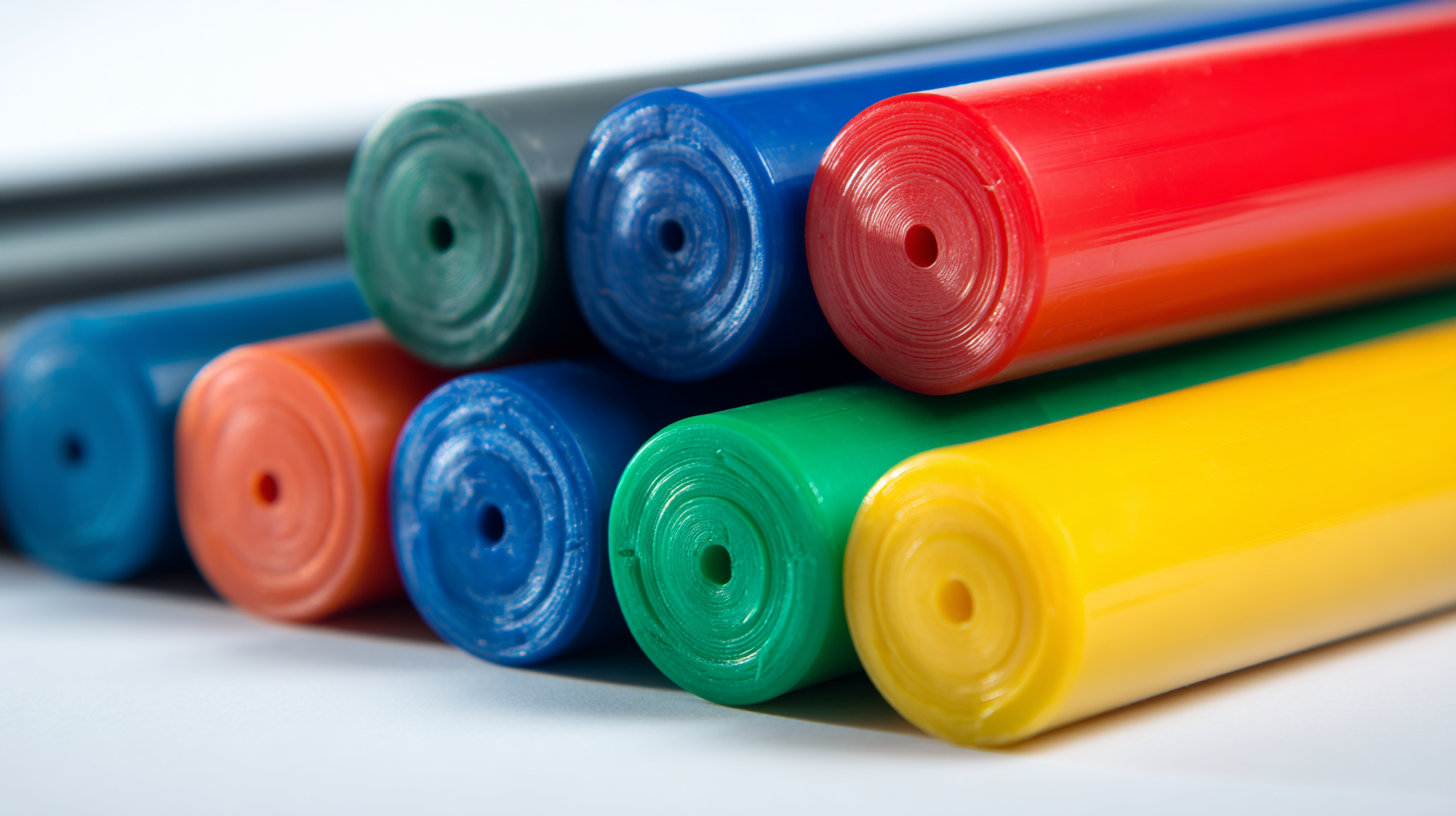
When selecting a plastic injection method for your project, it’s crucial to evaluate your production volume needs. Understanding whether you require low, medium, or high production volumes can significantly influence the choice of injection method. For low volume projects, techniques such as prototype injection molding can be more cost-effective, allowing for flexibility and faster iterations without the need for expensive molds. This method is ideal for short runs or experimental designs that may require frequent adjustments.
Conversely, if your project demands medium to high production volumes, traditional injection molding becomes a more suitable option. This method provides high efficiency and consistent quality across large batches, making it economically viable for mass production. Choosing this technique allows manufacturers to leverage long-term cost savings through optimized cycle times and reduced per-unit costs. When considering production volume, it’s essential to balance upfront investment in tooling with the expected return over the production lifecycle, ensuring that the selected injection method aligns perfectly with your project’s goals.
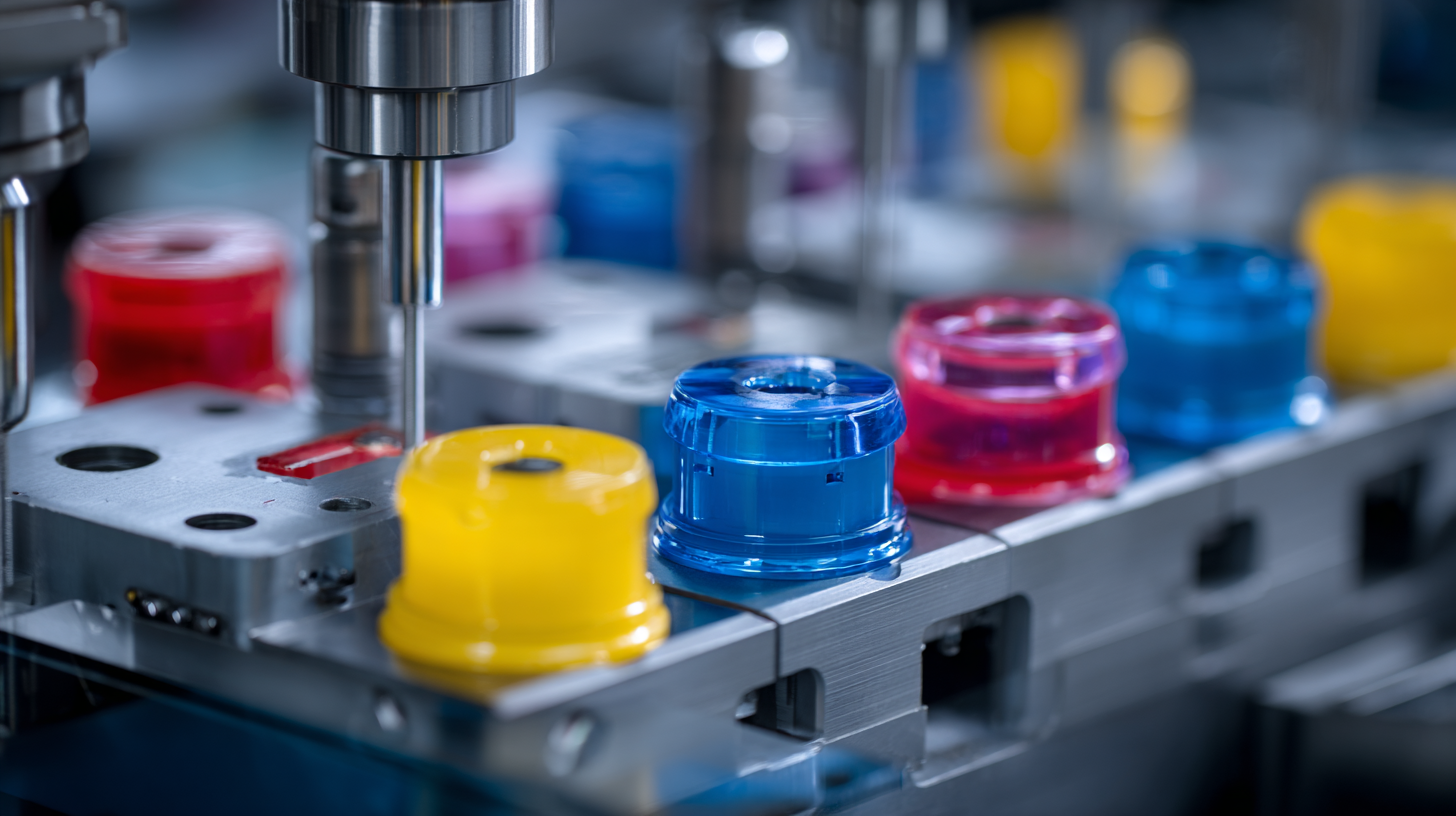
When selecting the right plastic injection method for your project, material compatibility is crucial for achieving optimal injection molding results. The materials you choose not only influence the mechanical properties of the final product but also affect the efficiency of the manufacturing process. Understanding the specific requirements of your project—such as tensile strength, flexibility, and thermal resistance—will guide you toward the right resin.
**Tip:** Always conduct a thorough assessment of your material options, considering factors like melt flow rate and shrinkage. These characteristics will significantly impact the final quality and performance of the molded parts.
In addition, it's vital to consider the processing conditions of your chosen materials. Different plastics have specific temperature requirements and flow characteristics, which will dictate the injection speed and pressure settings.
**Tip:** Collaborate with your supplier or material engineer to identify the ideal processing parameters for your materials. This will not only enhance the efficiency of your production process but also minimize defects in the final product.
By prioritizing material compatibility and understanding the processing requirements, you can enhance the outcomes of your injection molding projects.

